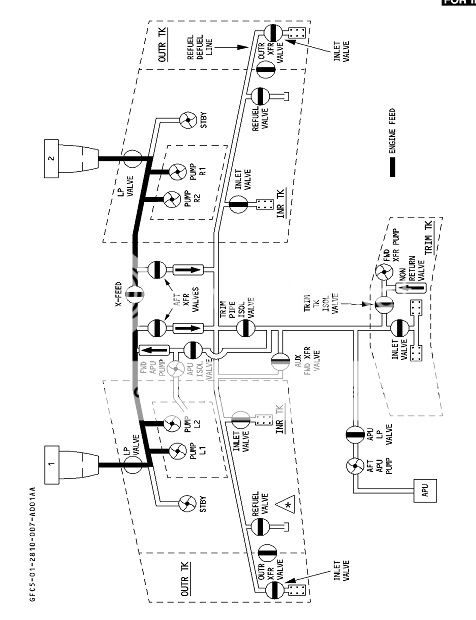Matthew
Touchdown! Greaser!
A330 loses power in both engines temporarily.
Of course there was terror in the aisles.
>>>
The airline told MailOnline Travel: 'Both engines experienced a temporary loss of power, although one engine returned to normal operations almost immediately.
'The pilots followed operational procedures to restore normal operation of the second engine by putting the aircraft into a controlled descent, before climbing again.
'The flight continued normally to Shanghai and touched down uneventfully at 10:56pm local time.'
http://www.dailymail.co.uk/travel/t...fail-hitting-bad-weather-South-China-Sea.html
Of course there was terror in the aisles.
>>>
The airline told MailOnline Travel: 'Both engines experienced a temporary loss of power, although one engine returned to normal operations almost immediately.
'The pilots followed operational procedures to restore normal operation of the second engine by putting the aircraft into a controlled descent, before climbing again.
'The flight continued normally to Shanghai and touched down uneventfully at 10:56pm local time.'
<<<
Any speculation that the crew shut down the wrong engine?
http://www.dailymail.co.uk/travel/t...fail-hitting-bad-weather-South-China-Sea.html


 Yeah, kinda shortly worded, but you get it. Can you run one set of tanks dry and starve out the engines while still having FOB in other tanks? Considering everything else in the design of the plane, I would think that would not be an option in normal operations.
Yeah, kinda shortly worded, but you get it. Can you run one set of tanks dry and starve out the engines while still having FOB in other tanks? Considering everything else in the design of the plane, I would think that would not be an option in normal operations.